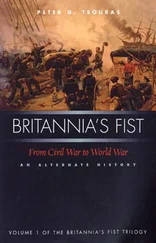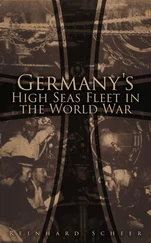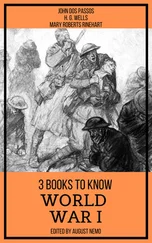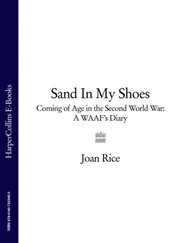Thus the Government would have to rely on professional advice, with the recognition that ‘Professional soldiers may give a purely military opinion on what a Cabinet ought to do, but the leading outlines are always determined by the Cabinet; that is, by a political, not a military, organ.’ 50However, there was no real guidance available to Cabinet on the use of armour.
The two main uses for tanks were the defence of Australia’s homeland and as an element of an expeditionary force. In June 1940 an armoured component for a continental force could have been used in North Africa or the Middle East. It was most unlikely that it could be used on the European mainland for the next two to three years following the German occupation of Western Europe.
The defence of Australia had to be planned in two sections: the defence of Australia itself and the defence of the island shield to its north. The central part of this shield was Papua New Guinea (PNG); to the west of PNG was the Dutch East Indies (today’s Indonesia); to the east, New Britain, New Ireland and the Solomon Islands.
The countries of the island shield contained large areas of jungle, and forces defending that shield would have to be able to fight in jungles. The defence of Australia’s mainland with its very long coastline would require a mobile force capable of rapid response. The armoured component of a continental force would need to fill the roles of infantry support and mobile strike force.
Alan Jolly argues that tanks exist to provide two basic functions, the first of which is direct fire support for infantry, as opposed to the indirect fire support of field artillery. The second function is to act as the hard core of the mobile portion of an army, which provides a concentration of mobile firepower to disrupt, disorganise and pursue an enemy whose front has been broken. 51He adds that the tank’s other significant role is to fight other tanks.
Combining the two objectives, Australia’s homeland defence and continental force, with the two purposes of tank formations, helps to define the contribution of tanks to Australia’s national security. There are two known environments in which tanks have to operate: the jungles of the island shield and the wide open spaces of Australia. The environment for the continental force can be determined only when the location of the campaign is known; but a force capable of fighting in jungles and in wide open spaces should have no trouble fighting in almost any other terrain.
The varied conditions of employment raise the question of the type of tanks to be used, and the composition of armoured formations. In the early years of World War II the British had six categories of tank: light, medium, cruiser, assault, infantry, and heavy. 52The assault tank reached only the drawing board stage, and the heavy tank was abandoned at the prototype stage. Cruiser and medium fulfilled what were effectively identical roles and, in 1944, Montgomery advocated two types only, a light tank and a capital tank. 53The light tank was used for reconnaissance and the capital tank for all other purposes.
A slow awakening, June to December 1940
Cabinet agreed to the submission made in Agendum 150/1940 on 2 July 1940 and the decision was recorded in Minute 375. 54The submission was in two sections: the first titled ‘Production orders for AFVs’ and the second ‘Proposals for an armoured division’. In terms of the type of tank required, the submission stated:
The type of armoured vehicle required is the Cruiser tank armed with one 2-pdr gun and one Vickers gun, with a minimum of 25mm of armour. The productive features involved are:
a. Preliminary enquiries indicate that a number of engines of a suitable type are immediately available and the balance can be obtained from Canada.
b. The accelerated production of 2-pdr anti-tank guns in Australia would be necessary to equip complete units. It is understood that the necessary volume of production is attainable without serious interference with other productive schedules. In any case, these requirements should have priority of production.
c. Initial enquiry indicates that the technical problems involved in the production of the bullet-proof armour plate within Australia can be solved, and that the fabrication of units will bring into war production engineering works not at present engaged in war work.
The group preparing the submission had given careful and detailed consideration to the organisation and equipment for the armoured division. Apart from the gun tanks and the close support tanks required for the tank units, they had included six armoured demolition vehicles, six armoured personnel vehicles, three armoured caterpillar tractors, six armoured minelayers, seven heavy transporters and twelve 6-wheeled breakdown tractors.
Agendum 150/1940 was detailed and analytical, although some of its assumptions were very optimistic. The load on industry would be substantial, and some of the technical problems were not easy to solve. But it certainly provided a detailed set of objectives for the creation of an armoured division and its equipment.
War Cabinet Minute 375 of 2 July 1940 asked the Director-General of Munitions for an estimate of the impact on war production, and asked the UK Government for advice on tank design, and for the loan of officers with recent tank battle experience. No specific action was authorised for the immediate production of tanks, nor for the formation of the armoured division.
Two weeks before this, on 16 June, the full Cabinet had approved the raising of a defence force of 230,000 men. The scope and reasons for this decision were set out in Cabinet Minute 24, which stated in part:
The military policy of the Government is to raise, train and equip a force of 230,000 men, which in round figures is the number contemplated under existing plans for general mobilisation. Of the number mentioned it may be assumed that between 30,000 and 40,000 will comprise the AIF under training in Australia.
It is the intention of the Government to proceed with the raising, organisation, training and equipment of the 1st Australian Corps, composed, as already approved, of Corps troops and three divisions. The 6th Division is to have priority of equipment. In effecting the policy of the Government, the intention is not to order a general mobilisation, but to mobilise and train by successive steps the numbers needed to complete a structure which already exists and is reasonably trained. 55
No mention is made of troops for the armoured division in this decision, although the Military Board knew at this point that a request would very soon be made for more men than the 230,000 agreed upon.
Shortly after the approval of Agendum 150/1940 on 2 July, the Military Board submitted Supplement 1 to that Agendum, entitled ‘Provision of armament other than AFVs for an armoured division’. The proposals in the Supplement were approved at the War Cabinet meeting of 10 July and recorded in Minute 407. 56
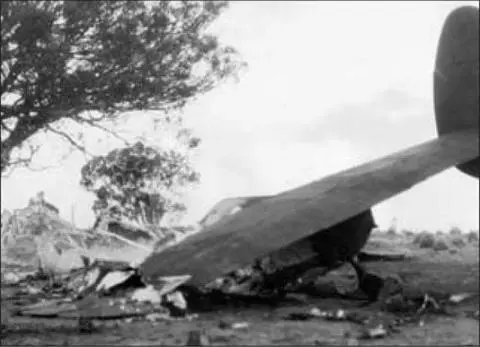
On 13 August 1940, a RAAF Lockheed Hudson crashed as it approached Canberra Airport, killing all on board. Among those killed were the Minister for the Army, Geoffrey Street; the Minister for Air, James Fairbairn; and the CGS, Lieutenant General Sir Cyril Brudenell White (NAA image No. A11666, 118).
Geoffrey Street, Minister for the Army, had military experience, knowledge, and enthusiasm. He was obviously very much in favour of the proposals in Agendum 150, and it was therefore a grave setback to the implementation of the proposals when he was killed in an air crash on 13 August 1940. 57It was a tragedy compounded by the loss in the same accident of Minister for Air James Fairbairn and the CGS, Lieutenant General Sir Cyril Brudenell White. At one stroke, the Cabinet lost its two ministers with service experience and the Army lost its senior soldier.
Читать дальше



